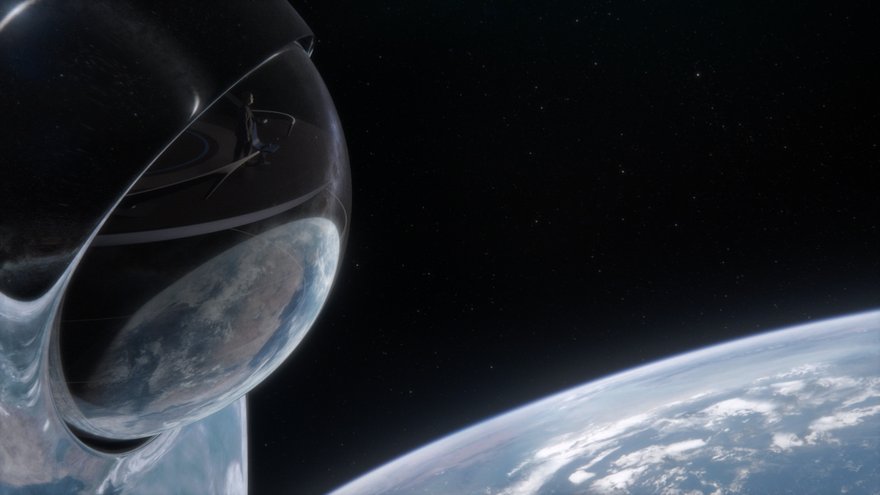Dell has provided end-to-end solutions for Berkley-based Tippett Studio, the company behind numerous blockbuster movies including Ted, The Twilight Saga and most recently effects for the new Jurassic World sequel to the 1993 film Jurassic Park.
Tippett Studio’s COO Sanjay Das said the company handles a lot of big data for each film, each which comes with its own unique production needs.
“We [Tippett] work with a lot of directors and every vision is different, so it can be incredibly challenging when it comes to technology,” Das said.
Tippett provides computer graphics services from previsualization through to character animation and compositing.
Dell provides numerous solutions for Tippett including its PowerEdge servers, Precision workstations, Dell Networking’s high-performance S4810 network switch and its SonicWALL Network Security Appliance E8510.
Dell also provide's hardware for Tippett Studio's render farm – a high performance computer system responsible for rendering footage ready for editing process and during the editing process.
The studio artists craft iterations to their shots during the day and in the evening, submit their work to the render farm.
“The render farm was our biggest investment. It runs 24x7x365 so we needed to make sure that was reliable, 100% of the render farm is Dell hardware,” Das said.
The production budget for a Hollywood film, although big, doesn’t leave a lot of room for errors so it is crucial Tippett Studio has stable and reliable infrastructure in place.
The budgets for the final two Harry Potter films – The Deathly Hallows Part 1 and Part 2 – was an estimated US$250m and the final two films from the Twilight Saga – Breaking Dawn Part 1 and Part 2 – cost an estimated $230m.
Tippett Studio worked on both productions creating some of the visual effects for the films.

Harry Potter and the Deathly Hallows Part 2. Image courtesy of Tippett Studio

The Twilight Saga - Breaking Dawn Part 2. Image courtesy of Tippett Studio.
“We work backwards in the film industry, it is very time critical. There is a set release date and you have to be ready for then,” Das said.
“We need to make sure we have the right infrastructure in place, the data created needs to be looked after it’s worth millions of dollars.”
Das said Dell has been a partner of the studios for seven years, and not only provides the technology for the studio but is also taking an active interest in its work.
“We chose Dell to provide our infrastructure and technology primarily because it was willing to come in and work with us. It understood the business and our budget along with the technology we needed,” Das said.
“Our data center is constrained with the kind of power we can draw from the local transformers. So we need to keep our cooling and rack system usage into consideration. We were convinced Dell could work with these constraints and provide the best solution for us.”
Most recently Tippett Studio worked on TV documentary COSMOS: A Space-Time Odyssey, a follow up to COSMOS: A Personal Voyage.
Das said the studio doesn't normally work with TV shows, but after successful creative collaborations with Seth MacFarlane (Ted, A Million Ways to Die In The West), including an appearance by Ted on American chat shot Jimmy Kimmel Live, they were approached to work on visual effects for COSMOS. MacFarlane is executive producer for the series.

Ted appearing on US chat show Jimmy Kimmel live. Image courtesy of Tippett Studio.
“With COSMOS we had to recalibrate our pipeline, we had to work faster and be able to access the film almost instantly, we didn’t have the luxury of our render farm,” Das said.

